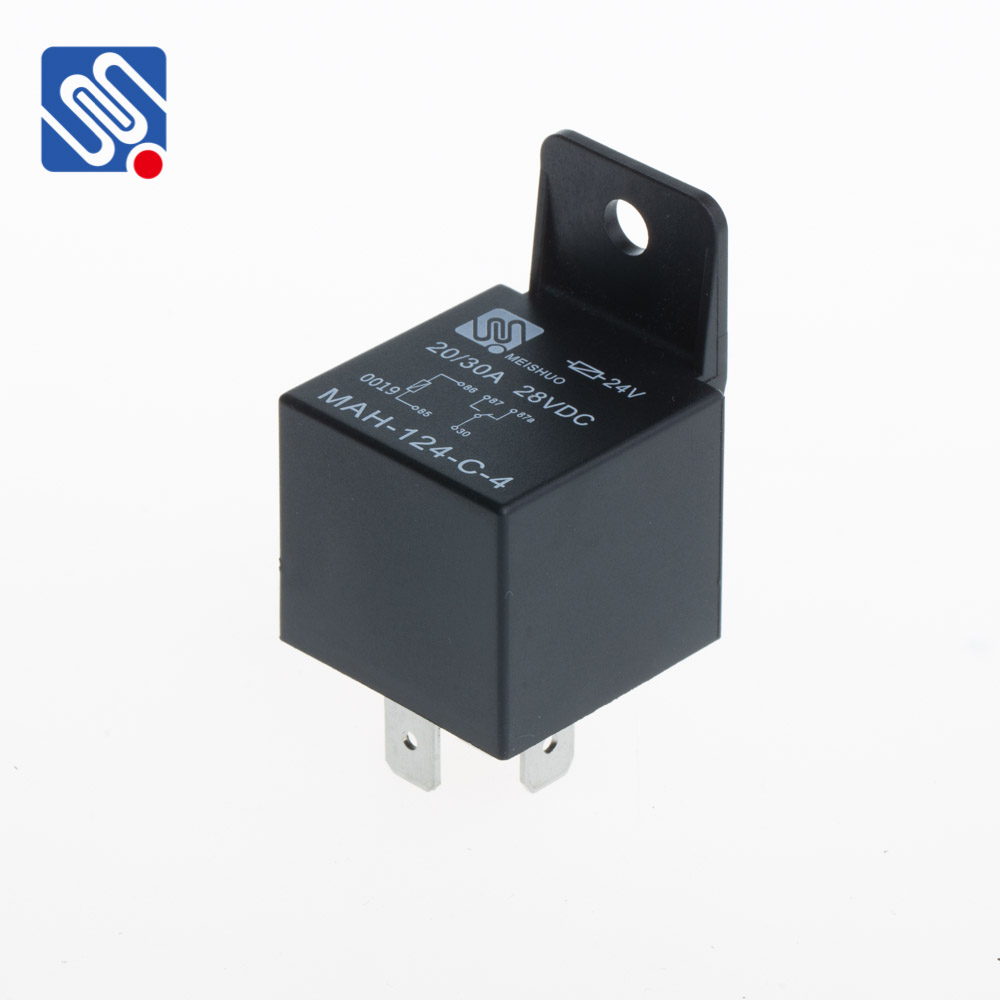relay operation guide: a comprehensive overview
Release time:2025-04-11 10:32:07
Relays are vital components in electrical and electronic systems, offering both control and protection functions. A relay is essentially an electrically operated switch that allows a low-power control signal to operate a higher-power circuit, providing an effective way of controlling larger devices like motors, lamps, and industrial machinery. In this relay operation guide, we’ll explore the basic principles behind relays, types of relays, and the process of operating and troubleshooting them.

Understanding Relays and Their Function
At its core, a relay works by using an electromagnet to open or close a set of contacts in a circuit. When current flows through the relay’s coil, it generates a magnetic field, causing a movable armature to either make or break an electrical connection in the switch. This simple mechanism allows relays to control a variety of devices in both low- and high-voltage environments.
Relays are widely used in automotive, telecommunication, and industrial applications. They offer advantages such as isolation between control and power circuits, reduced control power requirements, and the ability to control multiple circuits with a single control signal.

